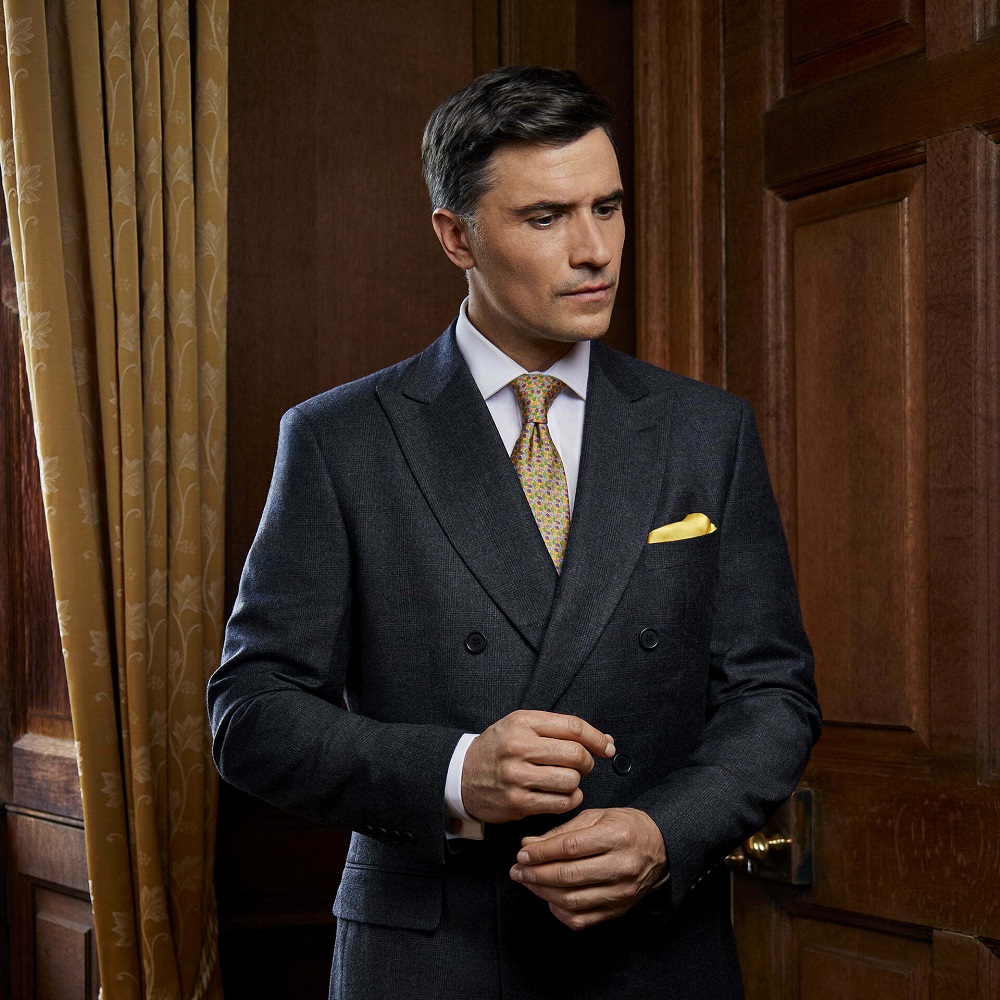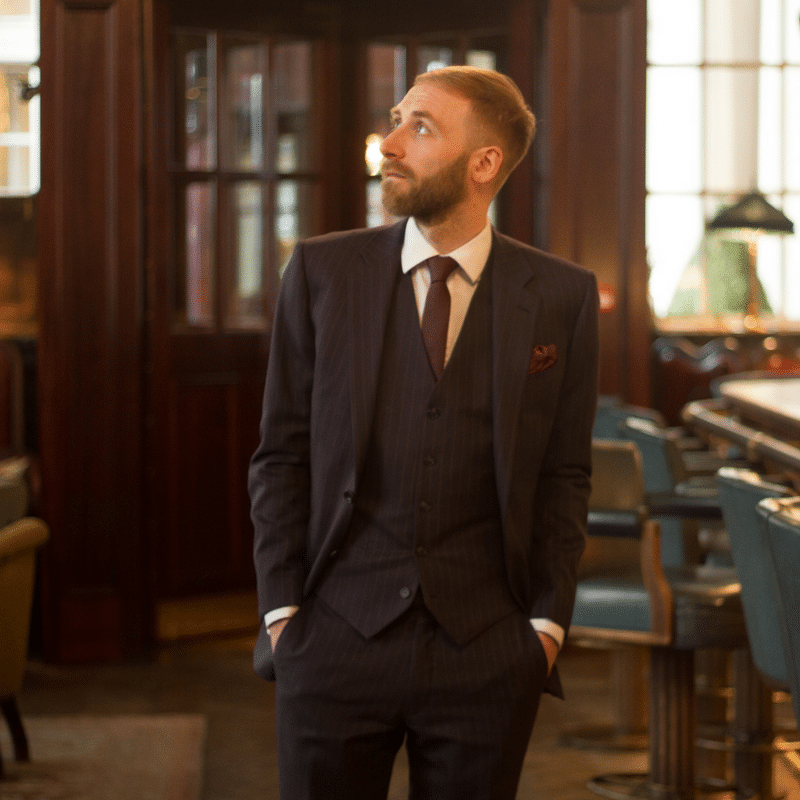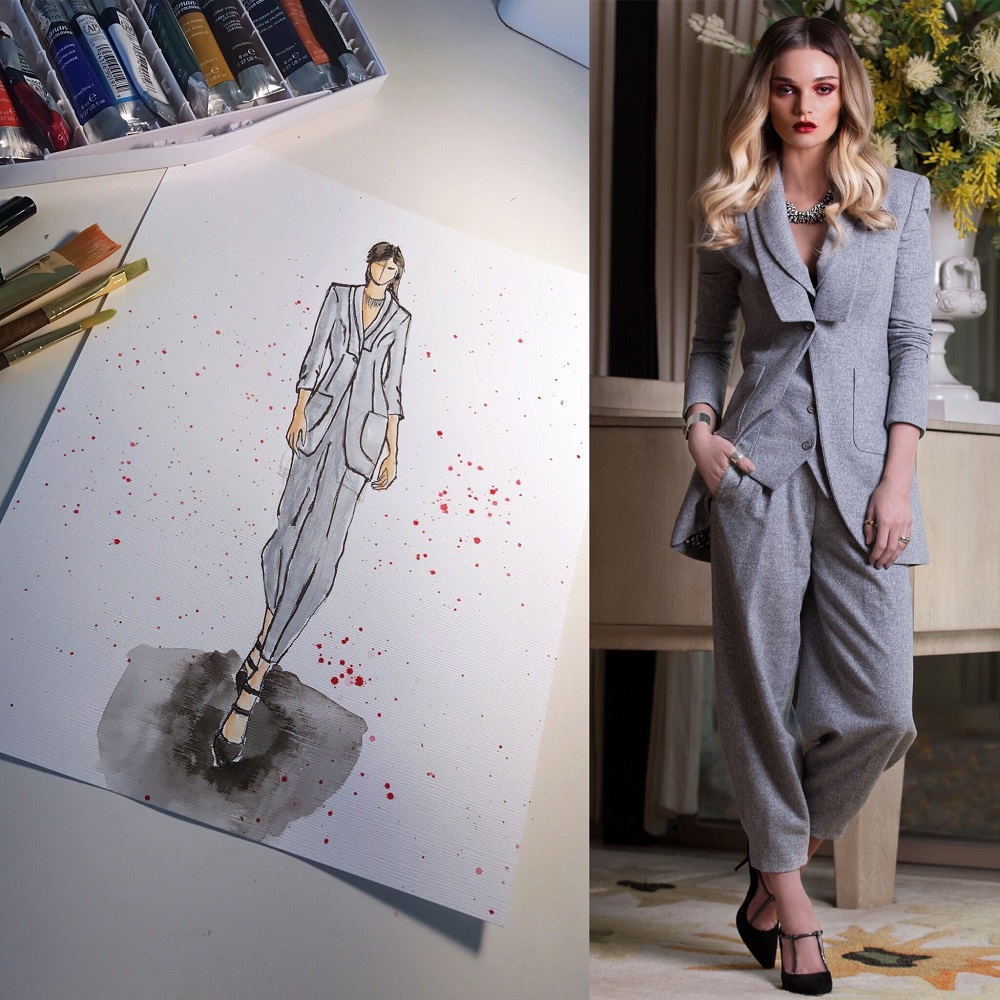In the world of fashion, few things can make as powerful a statement as a bespoke suit. This tailored garment embodies the essence of sophistication, elegance, and style. It is not just a piece of clothing; it is a representation of who you are and how you want to be perceived. In both personal and professional settings, the right suit can significantly impact your success. This article delves into the world of bespoke suits, discussing their benefits, styles, and tips for finding the perfect fit.
Understanding Bespoke Tailoring
The Art of Bespoke Suits
Bespoke tailoring is a bespoke service that creates a custom suit tailored to individual specifications. Unlike off-the-rack suits, which are mass-produced in standard sizes, bespoke suits consider personal measurements and preferences. This process involves multiple fittings to ensure the final product fits exquisitely. The tailor takes great care in selecting fabrics, patterns, and details to meet the client’s vision.
This meticulous attention to detail transforms the suit into a unique piece of craftsmanship. The bespoke suit stands apart in quality and fit, reflecting the artistry and experience of the tailor. When you wear a bespoke suit, it is not just a garment; it is a work of art that signifies your taste and style. This distinction allows for a greater level of expression in your formal wear.
Why Choose a Bespoke Suit?
Choosing a bespoke suit offers a range of benefits. The most significant advantage is the perfect fit. A suit that is tailored to your body type will flatter your shape, enhancing your overall appearance. Additionally, bespoke suits often use high-quality fabrics that withstand the test of time. This investment in quality leads to durable clothing that retains its shape and color.
Another benefit is the opportunity for personalization. You can choose the fabric, color, pattern, and specific details, such as lapel style and button options. This capability allows you to create a suit that reflects your personality and aligns with your style goals. In professional settings, a bespoke suit can also convey confidence and professionalism, leaving a lasting impression on colleagues and clients.

Choosing the Right Fabric
The Fabric’s Impact on Style and Functionality
The fabric you select for your bespoke suit plays a vital role in both style and functionality. The most common fabric options include wool, cotton, linen, and blends of these materials. Wool is a popular choice for its versatility and durability. It drapes beautifully and offers warmth, making it suitable for year-round wear. Different types of wool can provide various textures and appearances, from soft cashmere to textured flannel.
Cotton is another great option for warm-weather suits. Lightweight cotton suits are comfortable and breathable, ideal for summer events. Linen suits, while more prone to wrinkling, provide an effortless and relaxed look for beach weddings or casual summer gatherings. Ultimately, your fabric choice should consider the function and aesthetics of the suit.
Understanding Fabric Weights
When selecting fabric for your bespoke suit, understanding fabric weight is essential. Fabric weight is indicated in grams per square meter (GSM) and affects the suit’s warmth, drape, and overall appearance. Lighter weights, around 200-250 GSM, are excellent for summer or warmer climates, whereas heavier fabrics above 300 GSM are better suited for colder weather.
Considering the climate where you will be wearing the suit is important. If you live in a temperate area or travel frequently for business, opting for a mid-weight fabric around 250-300 GSM may provide year-round versatility. A correctly weighted fabric will enhance your comfort while maintaining the suit’s structure.

Selecting the Perfect Style
Classic vs. Modern Tailoring
When tailoring a bespoke suit, choosing a style that suits your personality and lifestyle is essential. Classic styles, such as single-breasted or double-breasted suits, are timeless and often appropriate for formal settings. These classic options provide a sophisticated appearance, perfect for business meetings or formal events.
On the other hand, modern tailoring options may incorporate contemporary elements. For instance, slimmer cuts, shorter jacket lengths, and more daring colors can create a fresh, stylish look. Consider your preferences and how the suit will be used to determine which style resonates more with you.
Personalizing Jacket Design
Customizing the jacket design can significantly affect the suit’s overall look. Options such as lapel styles, pocket shapes, and button closures offer numerous personalization opportunities. Notch lapels are classic and versatile, while peak lapels convey a more formal feel. Choosing between flap or jetted pockets adds even more unique flair.
Additionally, opting for functional elements, such as additional interior pockets or custom lining fabrics, can enhance both style and functionality. Don’t shy away from utilizing your tailor’s expertise to help create a unique design tailored to your specific needs and preferences. The more personalized these choices, the more the suit reflects your personal style.

The Importance of Proper Measurements
Getting Measured by a Professional
Accurate measurements are crucial when ordering a bespoke suit. Having a professional tailor measure you ensures precision in every aspect of your suit, from shoulder width to sleeve length. Professional tailors are experienced in taking measurements, accounting for body shape and posture. This attention to detail ensures a comfortable and flattering fit.
It’s beneficial to wear a dress shirt when getting measured, as this establishes a baseline for how the suit will fit over clothing. Prepare to provide information about your preferences for fit, such as whether you prefer a more relaxed or tailored silhouette. Clear communication with your tailor is essential for achieving the best results.
Frequently Overlooked Measurements
In addition to standard measurements, some custom tailoring services may take additional factors into account. For instance, shoulder slope, armhole shape, and torso length can impact the fit and comfort of your suit. Understanding the importance of these measurements can prevent common issues, such as sleeve restrictions and improper shoulder fitting.
When working with your tailor, be open to feedback. They can suggest adjustments based on your body characteristics and the overall style you’re seeking. A bespoke suit is an investment, and attention to these details will ensure you enjoy the perfect fit for years to come.

The Process of Creating a Bespoke Suit
Initial Consultation and Design
The journey of creating a bespoke suit begins with an initial consultation with your tailor. This meeting is crucial as it allows you to discuss your vision and preferences. Bring inspiration images or ideas regarding fabrics, colors, and styles. The tailor will guide you through options and help define your overall look.
During this consultation, expect to go through fabric samples, view design sketches, and discuss design elements. Clear communication is key, as well as being open to suggestions or recommendations. This collaborative process helps develop your ideal suit while ensuring that the final product aligns with your style and needs.
Fittings and Adjustments
After the initial design stage, your tailor will create a basted fitting, which is a loosely assembled version of the suit. This fitting allows you to make adjustments before the final assembly. Expect to attend at least two to three fittings throughout the process, where the tailor will refine every detail.
During these fittings, wear the shoes and undergarments you plan on using when wearing the suit. This will provide a more accurate picture of the final fit. Your tailor will take notes on any adjustments needed, ensuring the suit fits your body perfectly. The fitting process is crucial in achieving a bespoke suit that feels remarkable and looks fantastic.

Understanding the Cost of Bespoke Suits
Factors Influencing the Price
The investment in a bespoke suit often raises questions regarding cost. Prices can vary significantly based on factors such as fabric choice, tailoring expertise, and additional customization options. High-quality fabrics may influence the final price, but they provide enhanced durability and appearance in the long run.
Another factor that affects the price is the tailor’s experience and reputation. Established tailors with a history of creating well-fitting suits may charge higher fees due to their expertise. Understanding what goes into the pricing can help you make an informed decision about where to invest your money.
Value of Investment
While the cost of a bespoke suit may be higher than off-the-rack options, the value it offers is unmatched. A well-fitted suit can last for years, and the personalized details elevate its appeal. This investment in quality craftsmanship and design pays off when you wear a suit that feels custom-made just for you.
When considering the cost, weigh it against how often you’ll wear the suit. If you need formal attire for regular events such as work functions or weddings, investing in a bespoke suit will yield long-term benefits. The comfort and confidence that come from wearing a suit made for you are worth every penny.
Caring for Your Bespoke Suit
Proper Storage Techniques
Caring for your bespoke suit is essential to ensure its longevity. Proper storage is the foundation of maintaining its quality. When not in use, always hang your suit on a good-quality hanger that provides adequate support. Avoid wire hangers, as they can distort the shape of the jacket. Using a suit bag for protection from dust and light can also help preserve its fabric and finish.
Maintain the structure of the suit by using a hanger with wide shoulders, which will help retain the shape. For trousers, consider using clips or clamp hangers to prevent creases, ensuring they remain looking crisp and professional.
Regular Cleaning and Maintenance
Cleaning your bespoke suit requires careful attention to maintain its appearance. Consult your tailor on the best cleaning methods, as different fabrics may require different care. Although many people commonly dry clean their suits, you should consider having your suit cleaned only when necessary to avoid damaging the fabric.
In addition to routine cleaning, look out for stains or wrinkles. Address any noticeable marks promptly to prevent them from setting in. When traveling, using a garment bag can prevent wrinkles. It is also wise to invest in fabric brushes to remove dirt, lint, and dust, maintaining a polished appearance.
In conclusion, a bespoke suit is an essential addition to any formal wardrobe, offering quality, fit, and style. Understanding the various elements that go into creating a bespoke suit will empower you to make informed choices that elevate your formal wear. From choosing the right fabric and style to understanding the importance of proper measurements, every detail matters in achieving the perfect suit.
Investing in a bespoke suit is a choice that pays dividends in comfort and confidence. With the right care and maintenance, your bespoke suit can last for years, providing a timeless look for any formal occasion. Embrace the journey of dressing for success with a perfectly tailored look, and enjoy the benefits that come from wearing something made just for you.